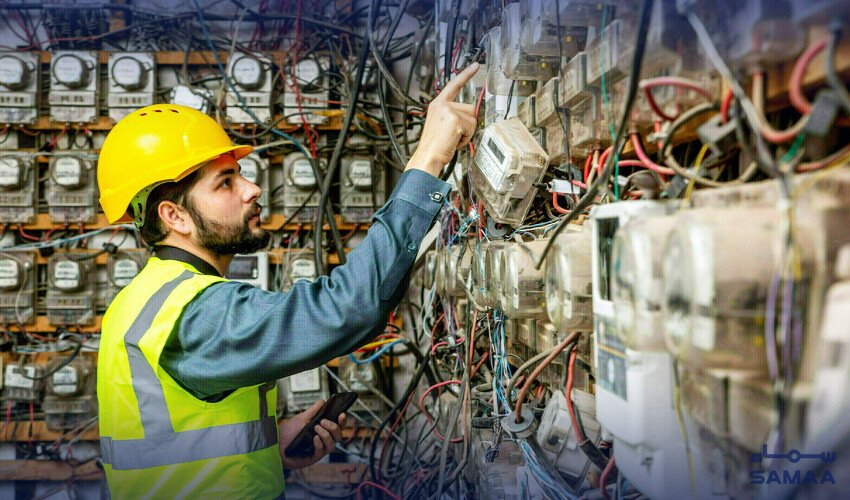Understanding which appliances consume the most electricity in your business is crucial for managing energy costs effectively. By identifying high-energy users, you can take targeted steps to improve efficiency and reduce expenses.
1. Heating and Cooling Systems
Heating, ventilation, and air conditioning (HVAC) systems are often the biggest energy consumers in a business, especially in climates with extreme temperatures. Regular maintenance, upgrading to energy-efficient models, and using smart thermostats can significantly reduce their energy use.
2. Lighting
Lighting can account for a large portion of electricity usage, particularly in businesses with extensive indoor or outdoor lighting needs. Switching to LED bulbs and incorporating motion sensors or timers can help lower costs.
3. Computers and Office Equipment
Computers, printers, and other office devices may not seem energy-intensive individually, but their collective usage adds up. Encourage employees to power down devices when not in use and consider energy-saving settings or models.
4. Refrigeration Units
For businesses like restaurants, grocery stores, or labs, refrigeration units are a major electricity user. Ensure seals are intact, clean coils regularly, and consider upgrading to energy-efficient models to cut down on energy consumption.
5. Manufacturing Equipment
In industrial or manufacturing settings, machinery and production equipment are significant energy consumers. Routine maintenance, proper calibration, and using energy-efficient motors can improve their efficiency.
6. Water Heaters
Businesses that rely on hot water, such as hotels or spas, use a lot of energy for water heating. Lowering water heater temperatures and investing in energy-efficient models can make a big difference.
7. Cooking Equipment
In food service businesses, ovens, stoves, and other kitchen appliances contribute heavily to electricity costs. Use energy-efficient models and schedule equipment use to minimize overlap.
8. Data Servers and IT Infrastructure
For businesses relying on data storage or IT services, servers and cooling systems are significant contributors to energy bills. Optimize server loads and consider cloud-based services to reduce on-site energy consumption.
How to Reduce Energy Consumption
- Perform an energy audit to identify high-usage areas.
- Schedule regular maintenance for all appliances.
- Replace outdated equipment with energy-efficient alternatives.
- Educate employees about energy-saving practices.
By addressing the energy consumption of these key appliances, your business can reduce operational costs and contribute to a greener environment.

